See our Featured Projects
Improving homeless service delivery with New York City.
Nearly 60,000 New Yorkers reside in homeless shelters. Using information collected through surveys at intake, RAIL worked to predict how long homeless families would stay in shelter and which families would return to shelter. RAIL’s deep learning and penalized regression-based algorithms predicted whether a family would return to shelter. With better information, New York City can more efficiently plan shelter capacity and more effectively deliver aftercare services to families who have moved to permanent housing.
Predicting diabetes diagnosis with a developing country's largest health insurance scheme.
During RAIL’s first multi-term project, we used terabytes of data to predict whether or not millions of individuals would develop diabetes in the next 12 months. RAIL built a start-to-finish machine learning pipeline that incorporated sample rebalancing, feature engineering, and ensembling. RAIL also built custom deep neural networks and employed state-of-the-art prediction models. Results are expected in the next week.
Predicting renewable energy market prices with an energy markets information group.
Renewable energy makes energy prices more uncertain in the short term; reducing the variation can help make renewables purchases more economical and more stable. RAIL built several multidimensional, time-series-based deep learning models that outperformed traditional models at 24-hour-ahead prediction. RAIL also delivered a survey of the landscape of state-of-the-art models and provided an implementation plan moving forward.
Applying AI to antibiotic drug discovery with Public Health England.
RAIL surveyed how machine learning can aid in the search through thousands of proteins and hundreds of thousands of drug targets for Tuberculosis. RAIL also built several proof-of-concept machine learning models. New drug discovery is one of PHE's critical tactics towards combatting antimicrobial resistance.
Cycle 3
harnessing big data to predict the impact of automation with the future of work commission.
Work is at the centre of people’s lives, communities and the economy. Yet the world of work is changing at a faster pace than policy makers can keep up with. The Institute for the Future of Work (IFOW) was set up to better understand and pilot solutions to the rapid changes occurring in UK labour markets. RAIL worked with IFOW to comprehensively map out ways in which it could harness machine learning and big data to improve its work. RAIL then helped IFOW to design a number of machine learning projects to identify those most at risk of displacement and to develop tools to better support their successful transition.
improving online conversations with alphabet’s jigsaw.
A number of organizations have taken on the challenge of trying to mitigate online abuses. Jigsaw’s Conversation AI team has developed machine learning models and tools for assisting moderators to filter toxic comments which are already helping to foster healthier engagements online. RAIL worked to identify the more subtle indicators of problematic online conversations, such as condescension or hostility, which are more ambiguous and difficult to pin down.
Cycle 4
matching workers to available shifts with hirehand.
The costs and difficulties of searching for work, especially for shift labour with irregular hours, can impose huge burdens on job-seekers – especially those in disadvantaged or vulnerable positions. The ability to find work regularly, when and where you want it, could make a huge difference to many lives. This team worked with the social-impact startup Hirehand to build a system for predicting whether or not potential matches of workers to available shifts would be successful. They also proposed a number of ways these predictions could be used within an algorithm to more optimally assign shifts to workers. The outputs included a report summarising the algorithms and the results, and a github repository with the code.
tracking biological motion with the centre de biochimie structurale.
Brightfield microscopy is a widespread technique with numerous applications in the fields of physics, biological physics, and medical research. Partnering with the Centre de Biochimie Structurale in Montpellier, this team built an algorithm to automatically and accurately track the three-dimensional position of micro- and nano-sized particles within video microscopy data, with less time and human input required. They also built an improved algorithm for generating synthetic training data. The outputs included a report summarising the algorithms and the results, and a github repository with the code.
defining a ‘good’ ai company with the future of humanity institute.
With concerns growing about the ethics and safety of emerging machine learning and AI technologies, many are beginning to demand that companies take responsibility for the consequences of their technologies. But what does this mean, concretely? How are companies doing this? And how should they be? This team worked with The Centre for the Governance of Artificial Intelligence at the Future of Humanity Institute to aggregate, analyse, and critique the emerging efforts at defining (and implementing) what it means for an AI company to behave in a socially responsible way.










